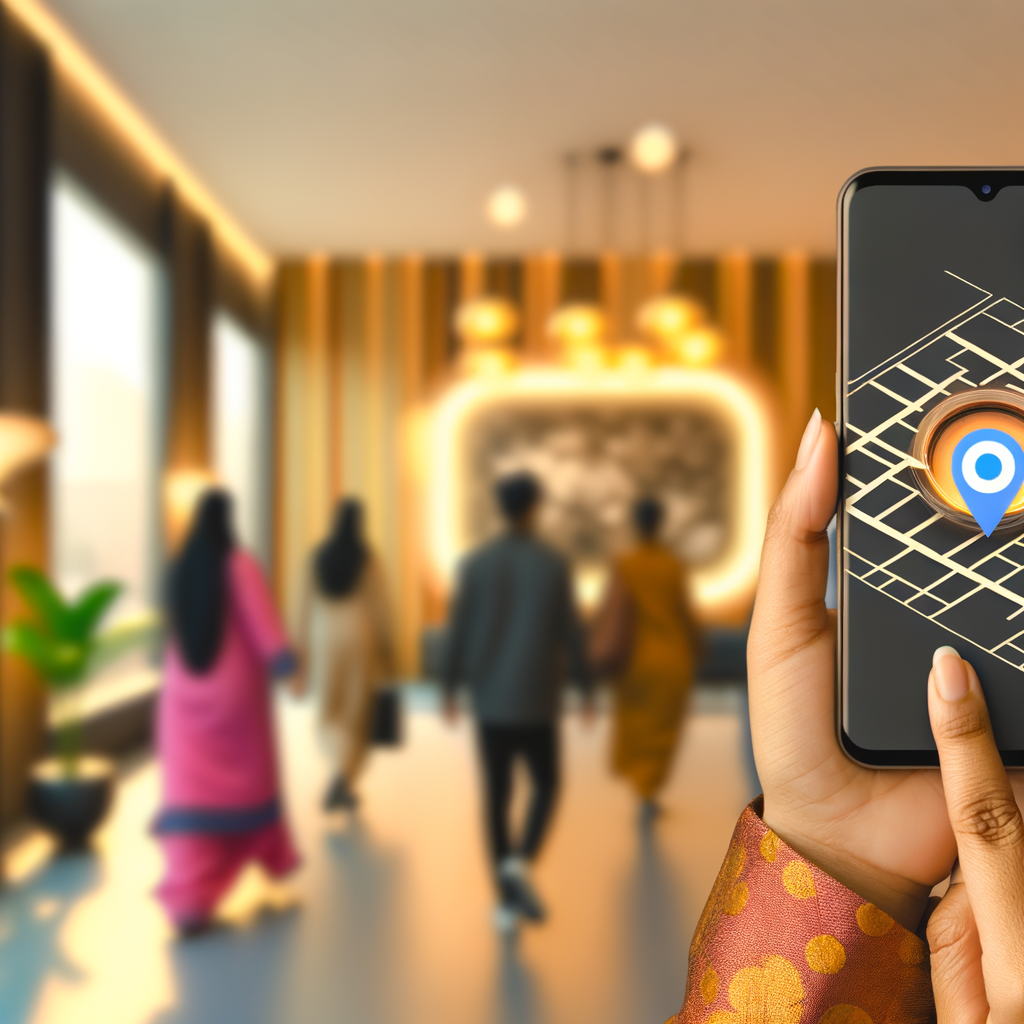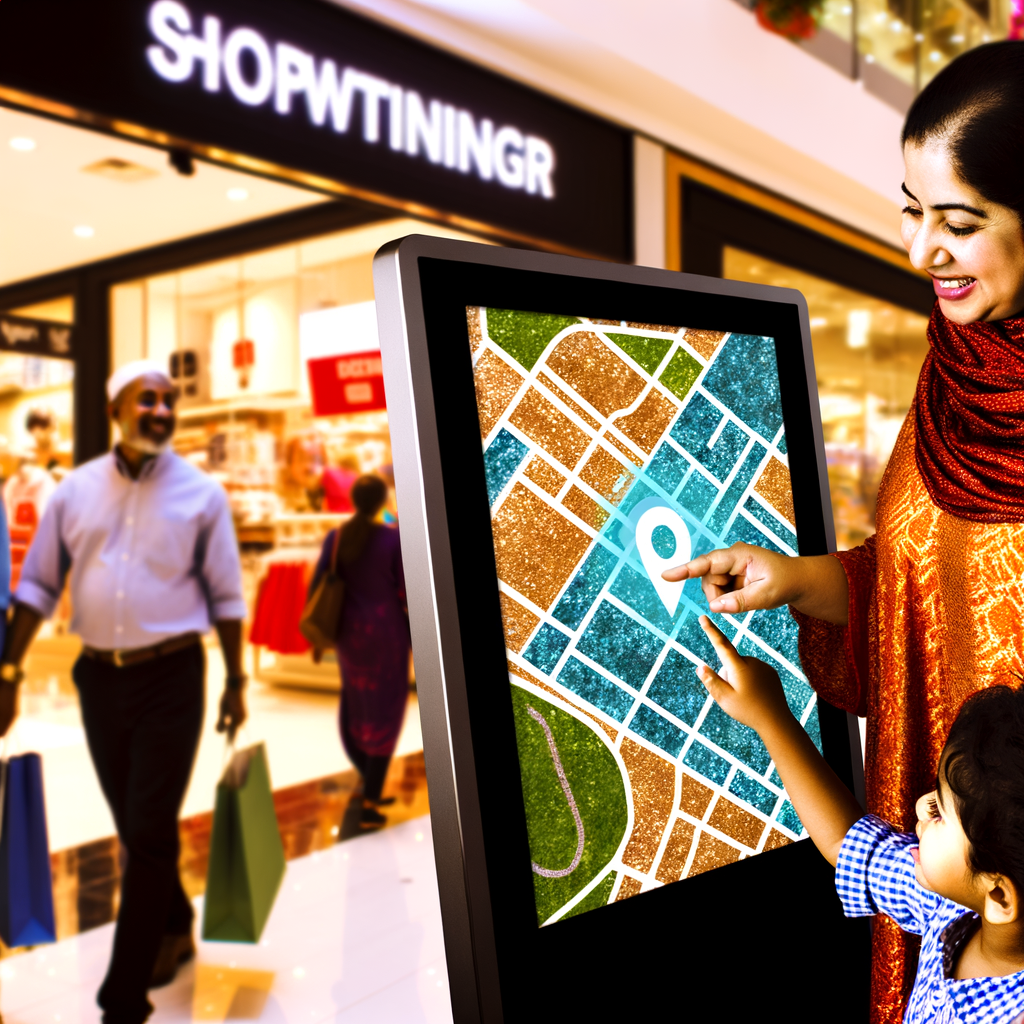Imagine a world where navigation within complex environments is not just functional but also engaging. This is where 3D mapping steps in with its ability to create immersive and intuitive maps that merge the real and digital worlds seamlessly. Unlike traditional 2D maps, 3D mapping provides a more realistic view of a space, capturing every nook and cranny with stunning clarity and depth. This means that customers aren’t just seeing a flat version of their surroundings—they’re experiencing a virtual replica that resonates with clarity and ease of understanding.
For eSignage companies, 3D mapping presents a golden opportunity. Interactive digital displays can now offer a richer experience that engages users in a novel way, improving interaction times and user satisfaction. The detailed visuals allow for animations and dynamic content that traditional maps simply can’t match. This could mean anything from a virtual tour of a shopping mall to a real-time interactive map that updates as new attractions or stores become available, boosting customer engagement and ensuring that your signage stands out as a beacon of technological advancement.
On the other hand, electronic kiosk companies find new leaps in functionality with 3D mapping integration. Imagine a kiosk not just as an information point, but as a destination guide powered by cutting-edge technology. Visitors receive tailored navigation experiences, helping them find locations with ease and even receiving personalized recommendations based on current store promotions or mall events. This not only enhances visitor satisfaction but keeps them coming back, knowing they can navigate the space with confidence and efficiency.
For shopping plaza owners and managers, the practicality of 3D mapping is multifaceted. First, it simplifies the layout, making navigation intuitive and reducing the frustration often associated with finding specific stores or services. This translates to happier patrons who spend more time—and likely more money—when they can easily locate what they’re searching for. Moreover, operational efficiency sees a boost. By understanding the flow of customer movement through detailed mapping analytics, you can optimize store placements, manage traffic bottlenecks, and ultimately increase retail success within your properties.
Further, 3D mapping can integrate with augmented reality systems or apps that shoppers use on their smartphones. This creates a cohesive digital ecosystem where wayfinding becomes part of a comprehensive shopping experience—enhanced by promotions and digital coupons leading to specific destinations within the mall. It’s about creating a synergy between physical space and virtual guidance that enriches each visit.
Ultimately, embracing 3D mapping technology isn’t just about keeping up with trends—it’s about advancing your wayfinding solutions to new heights, providing you with tools to enhance operational efficiency, improve customer satisfaction, and maintain a competitive edge in today’s buzzing digital marketplace. As the technology continues to evolve, those who adapt early will find themselves leading the charge, offering the kinds of service and engagement today’s customers not only expect but increasingly demand.
So, as you envision the future of your business, consider how integrating 3D mapping can make that vision tangible, transforming your spaces into navigable, interactive environments. It’s not just a map—it’s an experience, one that could very well define customer relationships and business success in this era of digital innovation.




